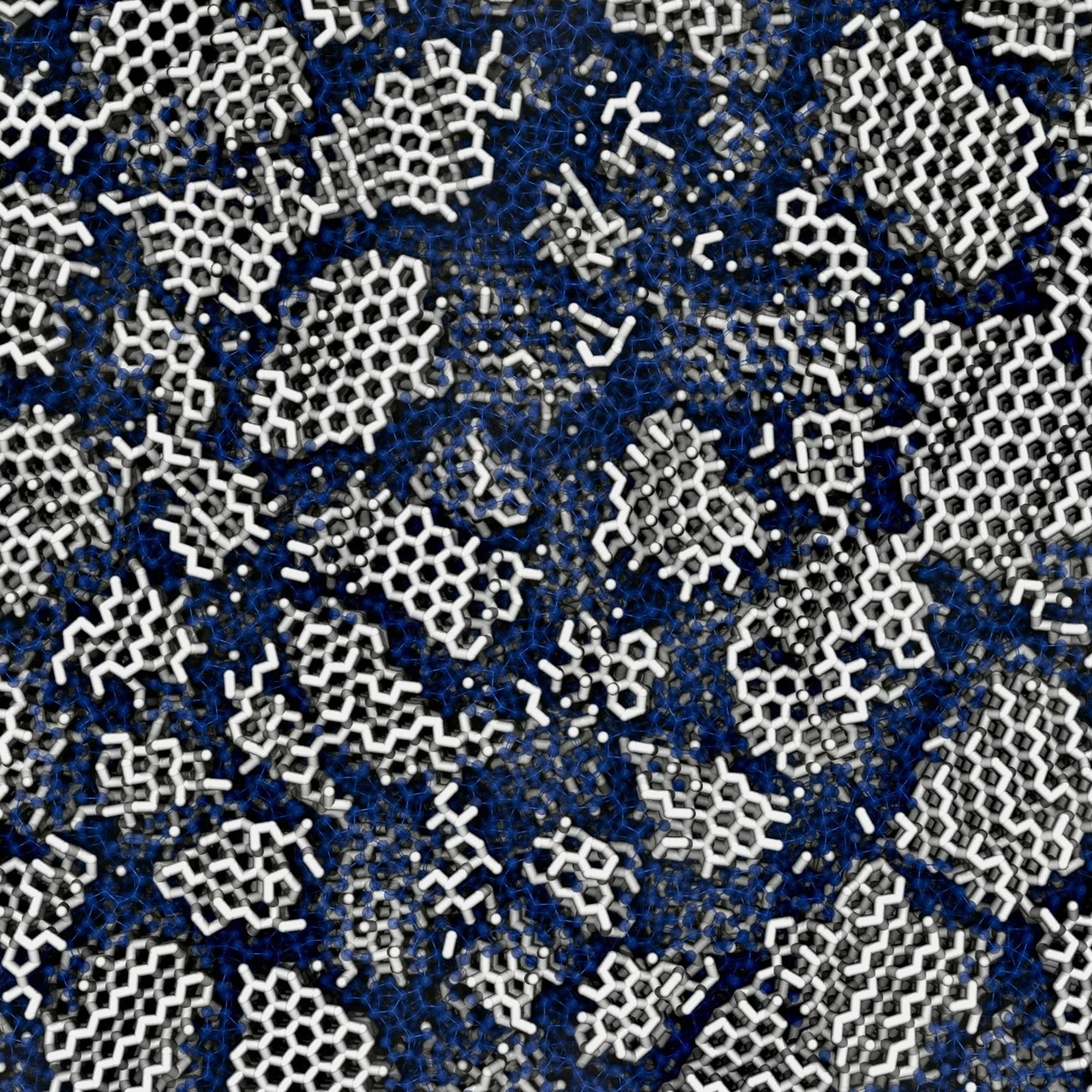Almost a billion tires get dumped each year, and a significant portion of them get burned or end up in landfills. Scientists at the William Marsh Rice University in Texas created an optimized technique to convert them into useful graphene. They published their findings in the science journal: Carbon.
New: follow us on Bluesky
Using discarded tires to strengthen concrete mitigates two problems at once, using wasted rubber as well as reducing co2 output from concrete production. - Image Credit: ericcrama via iStock/Getty Images - HDR tune by Universal-Sci
In their paper, the Rice researchers described a new method of transforming waste rubber into turbostratic graphene, which can be employed to strengthen concrete.
Concrete is an ideal candidate to make good use of discarded tires as it is one of the most-produced materials on Earth. According to chemist and author James Tour, concrete production is responsible for nearly 10% of global CO2 release. If we can somehow reduce the amount of concrete needed to construct buildings, roads, and bridges, it will eradicate part of our emissions. In addition to a reduction in CO2 emissions, it is also possible to improve the quality and strength of concrete on a molecular scale along the way.
The so-called 'flash' process used to convert rubber tires to graphene has already been used to transform other types of waste like plastic and other carbon sources. The process works by exposure to a jolt of electricity that removes everything except carbon atoms. These carbon atoms reconstruct into valuable turbostratic graphene, which has uneven layers that are more solvent than graphene made via graphite exfoliation. This means that turbostratic graphene is more conveniently utilized in composite substances.
It turns out that converting rubber into graphene is a tad more challenging than with other waste products like plastic. The research team improved an existing procedure by employing pyrolyzed waste rubber from tires. Tire-derived carbon black or a blend of shredded rubber tires and commercial carbon black can be flashed into graphene. Because turbostratic graphene is soluble, it can easily be added to cement to make more eco-friendly concrete.
Using a transmission electron microscope you can see the interlayer spacing of turbostratic graphene produced at Rice University by flashing carbon black from discarded rubber tires with a jolt of electricity. - Image Credit: Tour Research Group/Rice University via EurekAlert
Approximately 70% of carbon black material can be changed into graphene using the aforementioned flash method. In case of shredded rubber tires mixed with plain carbon black for conductivity, the scientist managed to convert nearly 50% into graphene. Non-carbon residue can be evacuated after the process for different purposes.
The electrical pulses lasted between 300 milliseconds and 1 second. The researchers estimate that the conversion process's electricity would cost about $100 per ton of starting carbon.
The researchers blended small amounts of tire-derived graphene with Portland cement and used it to manufacture concrete cylinders. After curing for seven days, the end-product showed an impressive 30% increase in compressive strength.
If you are interested in a more comprehensive overview of the work that Tour and his colleagues did, be sure to check out the paper listed below.
Further reading:
Flash Graphene from Rubber Waste (Carbon/ScienceDirect)
If you enjoy our selection of content, consider subscribing to our newsletter
FEATURED ARTICLES:











